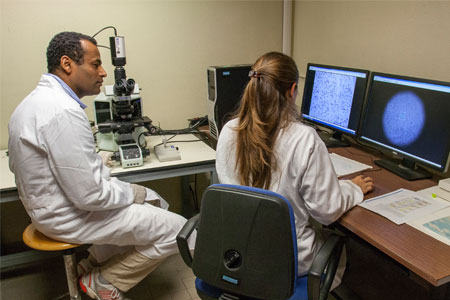Background
Drug-induced liver injury (DILI) is a term that describes abnormalities in liver function tests related to medication intake. Acetaminophen is the most common cause of DILI followed by antibiotics, NSAIDs, and antitubercular medications.
NSAIDs represent one of the most widely used classes of drugs. Numerous case reports have described patients who develop fatal liver injury while taking NSAIDs. Several NSAIDs were withdrawn from the market because of hepatic ADRs.
The latest warning signal for hepatotoxicity induced by a NSAID is related to nimesulide. In some European countries, Finland, Spain, and Ireland, nimesulide was suspended from the market because of an associated high frequency of hepatotoxicity. In contrast, a recent referral of the EMEA concluded that the benefits of the drug outweigh its risks. However, the full extent of the risk of nimesulide-induced liver injury is still a much debated issue within the EMEA.
Primary objectives: to estimate the relative risk of liver injury associated with the use of nimesulide; to compare this risk with that of all other NSAIDs.
Secondary objectives: to describe the distribution of covariates in the population under study and evaluate their role in the occurrence of liver injury; to estimate the relative risk of liver injury induced by drugs with a prevalence of use in the Italian population > or = 6%, amoxicillin and amoxicillin-clavulanate, macrolides, antidepressants, and statins; to compare the magnitude of use for the extent of exposure.
Methods
This study is designed as a multicenter case–control study where cases and controls will all be recruited among patients seen in a hospital context in various parts of Italy. Four hospital controls will be individually matched per case by age, gender, date of hospitalization, and hospital of origin.
To achieve the primary objectives 249 cases and 996 controls are required. Odds ratios and their 95% confidence intervals will be calculated by means of a conditional logistic regression.
Expected results
The study should be able to estimate the risk of liver injury induced by nimesulide, which despite the recent restrictions is still widely used in Italy, with a prevalence in the general population of about 7%. The results of this study could strongly affect regulatory decisions within the National Health Service. In addition the study will provide estimates of risk for different classes of drugs, whose hepatotoxicity has recently been highlighted.







